Culture of Achievement
A safe, happy, and productive environment in which students, staff, and parents all focus on achieving student goals.
A classroom Culture of Achievement is one in which everyone demonstrates respect for learning, respect for people, and, respect for property. Students define their own personal and classroom goals. They identify the steps they’ll take toward their goals and they monitor their own progress
A school Culture of Achievement is one in which everyone, every day is focused on students achieving their goals. The school is safe, happy, and productive. Students are both self-directed and self-regulated.
Our Approach
Metis focuses on organizational growth and performance in this order:
Students and Classroom Teachers
School Principals and other school-level support staff
District Administrators and the Superintendent
Metis believes that growth and development begin at the classroom level. Classroom by classroom such growth and development of more and more classrooms cause overall growth and development of a school. Then, school by school, such transformation accrues to a school district. This is particularly important for a district with few district-level support staff.
Culture and Curriculum
There are two parts of every school and every classroom.
· Curriculum Instruction
· School Culture
Permit a picture to be painted … as a classroom teacher one is charged with teaching students curriculum content in places called classrooms. Teachers become responsible for 10 to 32 kids per class whose basic skills seem to fall farther behind yearly and who lack basic civility or just plain manners that deter teachers from teaching what they have been prepared to teach (English Language Arts, math, social studies, music, physical education, career-tech, the arts, etc.).
So, in order to teach the required curriculum that teachers have agreed to teach and have kids learn, they must first consider addressing the culture half of school. And, perhaps, they find that there is a co-equal or even greater need to teach the behaviors or skills of Self-Regulation and Self-Direction. That is, they have the need to teach students to be, individually and collectively, Self-Regulated and Self-Directed.
Self-Regulated Students - even in the absence of adult supervision students know and follow the established classroom procedures.
Self-Directed Students - express clear personal goals (short-term & long-term); they identify the steps they'll take to achieve their goals; and they monitor their own progress as they work to achieve them.
Self-Regulated and Self-Directed students demonstrate behaviors that show respect for learning, for people, and for property.
Benefits of the Culture of Achievement System
Higher teacher retention
Productive teacher-student communication
Greater student engagement
Fewer discipline issues and incidences yielding a reduction of administrative time spent on non-productive or deleterious student behavior
Increase in overall student performance
Students grow toward being self-regulated and self-directed citizens
Teachers at the classroom level and classrooms, collectively, at the school level provide a safe, happy, and productive environment where teachers can teach and students can learn, and where students demonstrate respect for learning, for people, and for property.
The Metis Culture of Achievement professional development system consists of two distinct programs that are co-supportive. They are:
These professional development programs help schools create a classroom culture and then a school Culture of Achievement.


